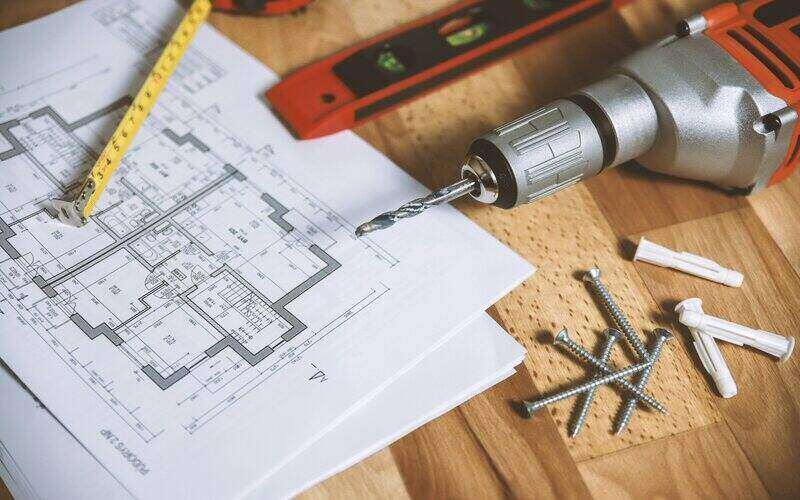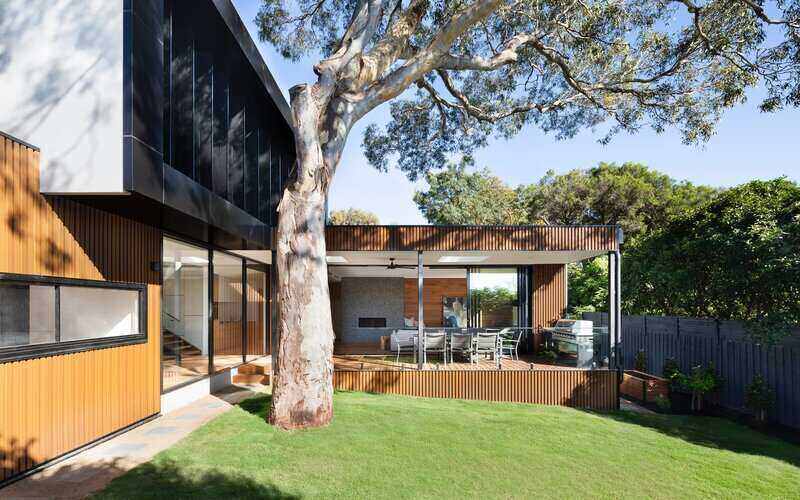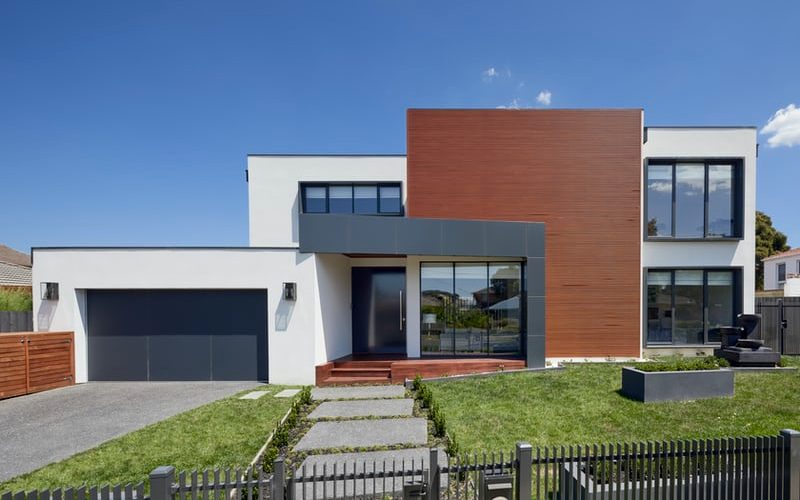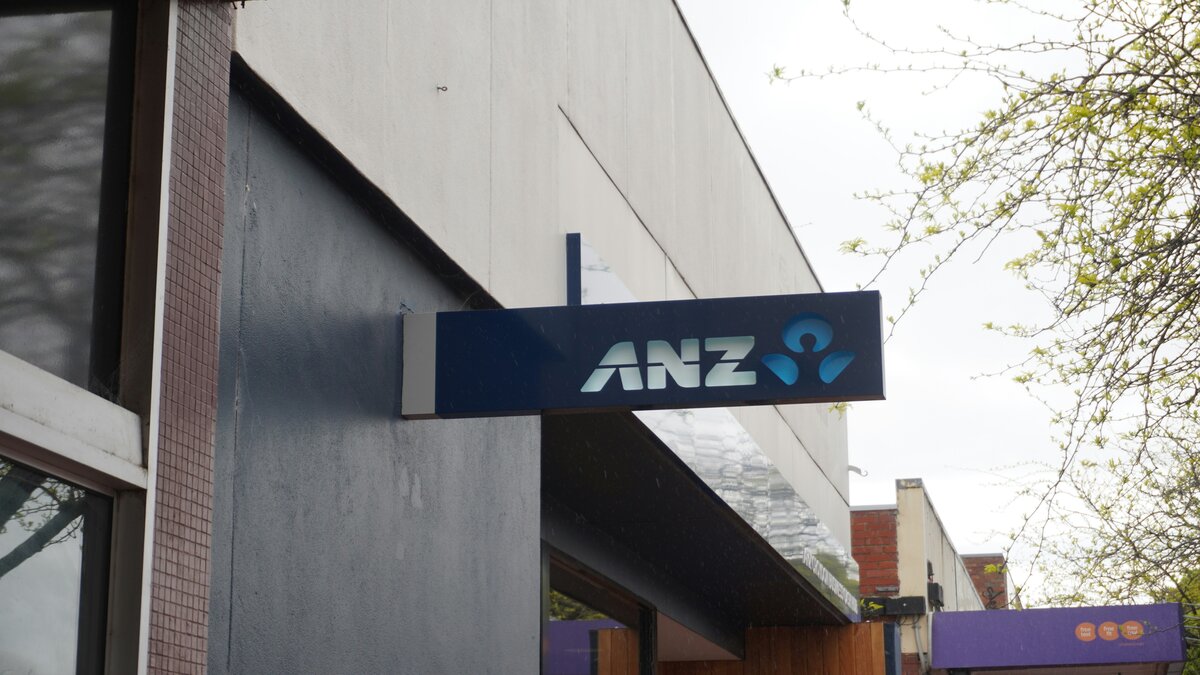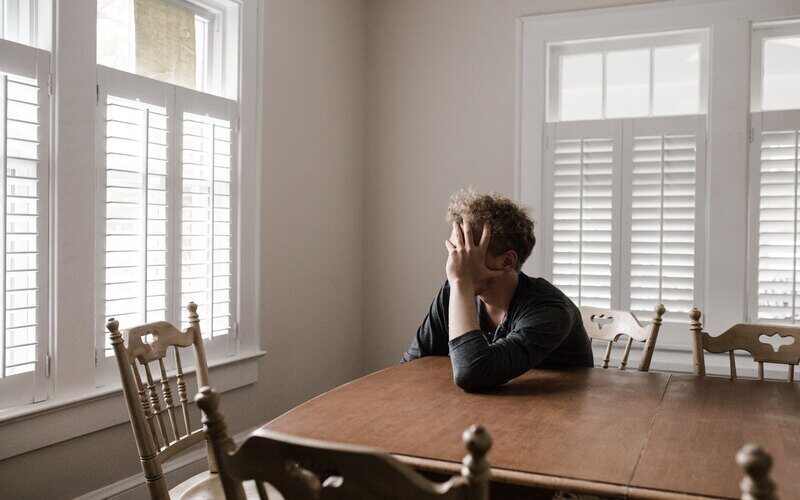National dwelling values rose 0.7% in March, according to CoreLogic, which is slightly up from the 0.6% growth rate in February.
This growth was driven by strong conditions in Brisbane, Adelaide, Perth, Canberra, and a handful of regional areas.
Brisbane led the race with 2% dwelling value growth, followed closely by Adelaide at 1.9%.
Both Perth and Canberra also saw 1% property price growth, and combined regional values rose 1.7%.
Housing values slipped in Sydney and Melbourne - where they declined 0.2% and 0.1% respectively - with Sydney's housing market showing the most significant slowdown.
Over the past three months, Sydney's property prices have risen 0.3%, which can be compared to the city's peak quarterly growth rate of 9.3% in May 2021.
CoreLogic's research director Tim Lawless said that while the monthly rate of growth was up in some cities and regions, there is mounting evidence that housing growth rates are losing momentum.
"Virtually every capital city and major rest-of-state region has moved through a peak in the trend rate of growth some time last year or earlier this year," Mr Lawless said.
"The sharpest slowdown has been in Sydney, where housing prices are the most unaffordable, advertised supply is trending higher and sales activity is down over the year."
As a result of softening market conditions, the national annual growth rate has slipped below 20% for the first time since last August - now sitting at 18.2%.
Mr Lawless expects the annual growth rate to continue falling sharply as strong gains from last year drop out of the calculations and housing turnover eases.
"Our estimate of sales activity through the March quarter is 39% lower than a year ago in Sydney and 27% lower in Melbourne, while stronger markets like Brisbane and Adelaide have recorded a rise in sales over the same period," Mr Lawless said.
Is the housing boom over?
The latest market activity demonstrates the multi-speed nature of the current housing market according to CoreLogic.
This can be demonstrated by the flat to falling housing values in Sydney and Melbourne, while Brisbane and Adelaide record quarterly paces of growth at an annualised pace of more than 20%. Regional property markets are also showing signs of resilience.
Conditions in Melbourne and Sydney could be favourable for buyers.
"With higher inventory levels and less competition, buyers are gradually moving back into the driver’s seat. That means more time to deliberate on their purchase decisions and negotiate on price," Mr Lawless said.
But stock levels in Brisbane and Adelaide remain more than 40% below previous five-year averages and it's a similar story in regional Australia.
According to CoreLogic, low inventory levels along with high buyer demand continues to create strong selling conditions in these areas.
Despite the overall diversity, the outlook for housing remains "skewed to the downside".
Risk factors for housing include rising fixed term mortgages, affordability constraints, inflation, more supply, and worsening consumer confidence according to CoreLogic.
However, a strengthening economy, incentives for first home buyers, and fresh migration should help offset these risks.
Shane Oliver, Head of Investment Strategy and Chief Economist at AMP, said national average property prices are likely to peak around mid-year, after which the market will then enter a cyclical downswing.
"After 22% growth in national average home prices last year, average home price growth this year is expected to be around 1% and we expect a 5-10% decline in average prices in 2023," Mr Oliver said.
"Top to bottom the fall in prices into 2024 is likely to be around -10-15%, which would take average prices back to the levels of around April last year."
However Mr Oliver said this headline figure is likely to mask the wide divergence between Sydney and Melbourne's markets compared to markets "less constrained by poor affordability" like Brisbane and Adelaide, which are expected to be relatively stronger.
Advertisement
Buying a home or looking to refinance? The table below features home loans with some of the lowest interest rates on the market for owner occupiers.
| Lender | Home Loan | Interest Rate | Comparison Rate* | Monthly Repayment | Repayment type | Rate Type | Offset | Redraw | Ongoing Fees | Upfront Fees | Max LVR | Lump Sum Repayment | Extra Repayments | Split Loan Option | Tags | Features | Link | Compare | Promoted Product | Disclosure |
|---|---|---|---|---|---|---|---|---|---|---|---|---|---|---|---|---|---|---|---|---|
5.54% p.a. | 5.58% p.a. | $2,852 | Principal & Interest | Variable | $0 | $530 | 90% |
| Promoted | Disclosure | ||||||||||
5.49% p.a. | 5.40% p.a. | $2,836 | Principal & Interest | Variable | $0 | $0 | 80% |
| Promoted | Disclosure | ||||||||||
5.64% p.a. | 5.89% p.a. | $2,883 | Principal & Interest | Variable | $250 | $250 | 60% |
| Promoted | Disclosure | ||||||||||
5.64% p.a. | 5.89% p.a. | $2,883 | Principal & Interest | Variable | $248 | $350 | 60% |
| Disclosure |
Image by Pat Whelen on Unsplash

Ready, Set, Buy!
Learn everything you need to know about buying property – from choosing the right property and home loan, to the purchasing process, tips to save money and more!
With bonus Q&A sheet and Crossword!
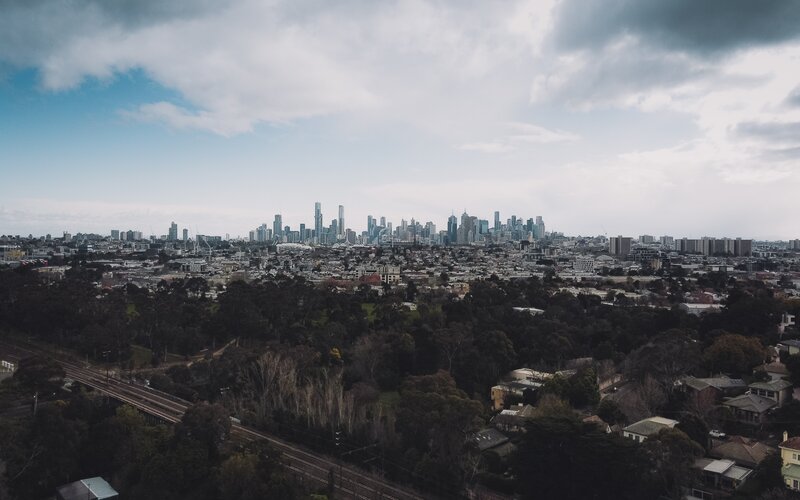






 Brooke Cooper
Brooke Cooper
 Denise Raward
Denise Raward

